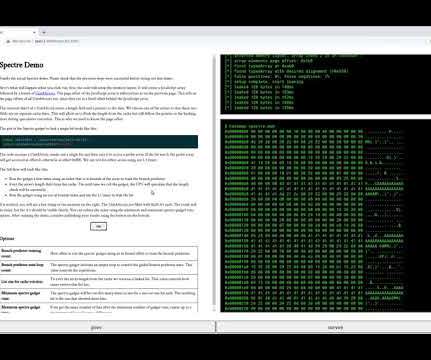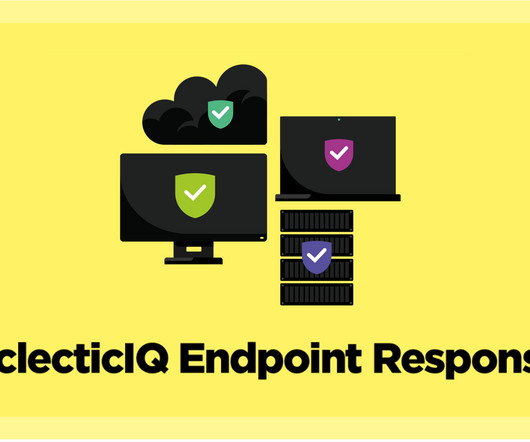MITRE ATT&CK: The Magic of Application Mitigations
Cisco Security
MARCH 17, 2021
Today’s application architectures support fast, continuous innovation. Back end architectures use small, independent code modules called microservices. Clearly today’s application architectures use a lot of components, making them more complex, but the benefits run deep. Complexity breeds security risk. Accountable.












Let's personalize your content